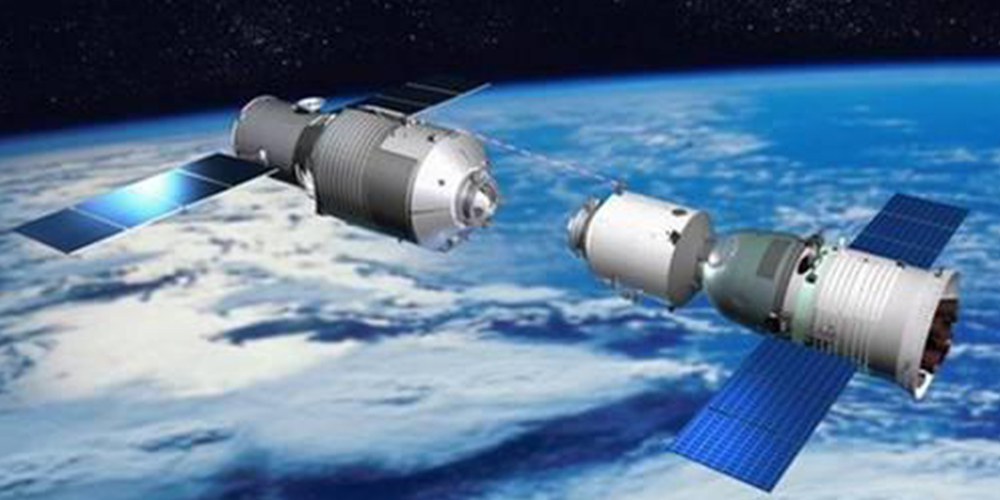Chinese Space Station to Reenter Atmosphere
03.22.2018
 Tiangong-1 (Photo courtesy of China Manned Space Engineering Office.)
Tiangong-1 (Photo courtesy of China Manned Space Engineering Office.)
This is no joke.
The orbiting Chinese space station Tiangong-1 is predicted to reenter Earth’s atmosphere around April 1, give or take about 4 days.
Based on its trajectory, it will reenter somewhere between 43 degrees North and 43 degrees South latitude, an area that includes the southern two-thirds of the United States as well as lots of ocean.
Tiangong-1 – about the size of a city bus – lost the ability to adjust its altitude in 2015, according to Aerospace Corp., which has been tracking the position of the spacecraft. The result has been a slow, steady, uncontrolled fall toward the upper layer of the atmosphere.
“The biggest issue in maintaining altitude for any spacecraft in low-Earth orbit is drag, or friction, from the atmosphere,” said Dr. Phillip Anderson, professor of physics at UT Dallas’s William B. Hanson Center for Space Sciences. “Man-made satellites maintain their altitude above the Earth by using thrusters to make periodic adjustments. If a spacecraft doesn’t have thrusters, it will eventually reenter the atmosphere.”
Interaction with the atmosphere will quickly heat Tiangong-1 to the point that it burns. The doomed spacecraft’s last appearance will be a brief, bright streak across the sky.
“Once it starts heating, it should only take a few minutes for most of it to burn up.”
— Dr. Phillip Anderson
While the chance is small that any part of the space station will survive to impact the ground, certain areas of the U.S. have a slightly higher chance of getting hit by debris. (Heads up, Chicago.)
“Because the reentry is uncontrolled, this makes it very difficult to determine precisely where it will fall, or when,” Anderson said. “But 75 percent of the Earth’s surface is water, and only a small percent of land is heavily populated. So you’re about a million times more likely to win the lottery than to get hit with debris from the Chinese space station.”
Researchers at the Center for Space Sciences have been studying the Earth’s upper atmosphere and ionosphere for decades. The upper atmosphere can vary substantially, and its impact on satellite trajectories can be dramatic. In addition, electrically charged particles in the ionosphere can interfere with communications signals and navigation.
UT Dallas currently has three instruments on board orbiting spacecraft to take measurements to help better understand the ionosphere. One of their previous experiments, CINDI, flew for about seven years on the C/NOFS satellite, which burned in the atmosphere during a planned reentry in 2015 when it ran out of fuel.
–Amanda Siegfried
Tags: News, NSM